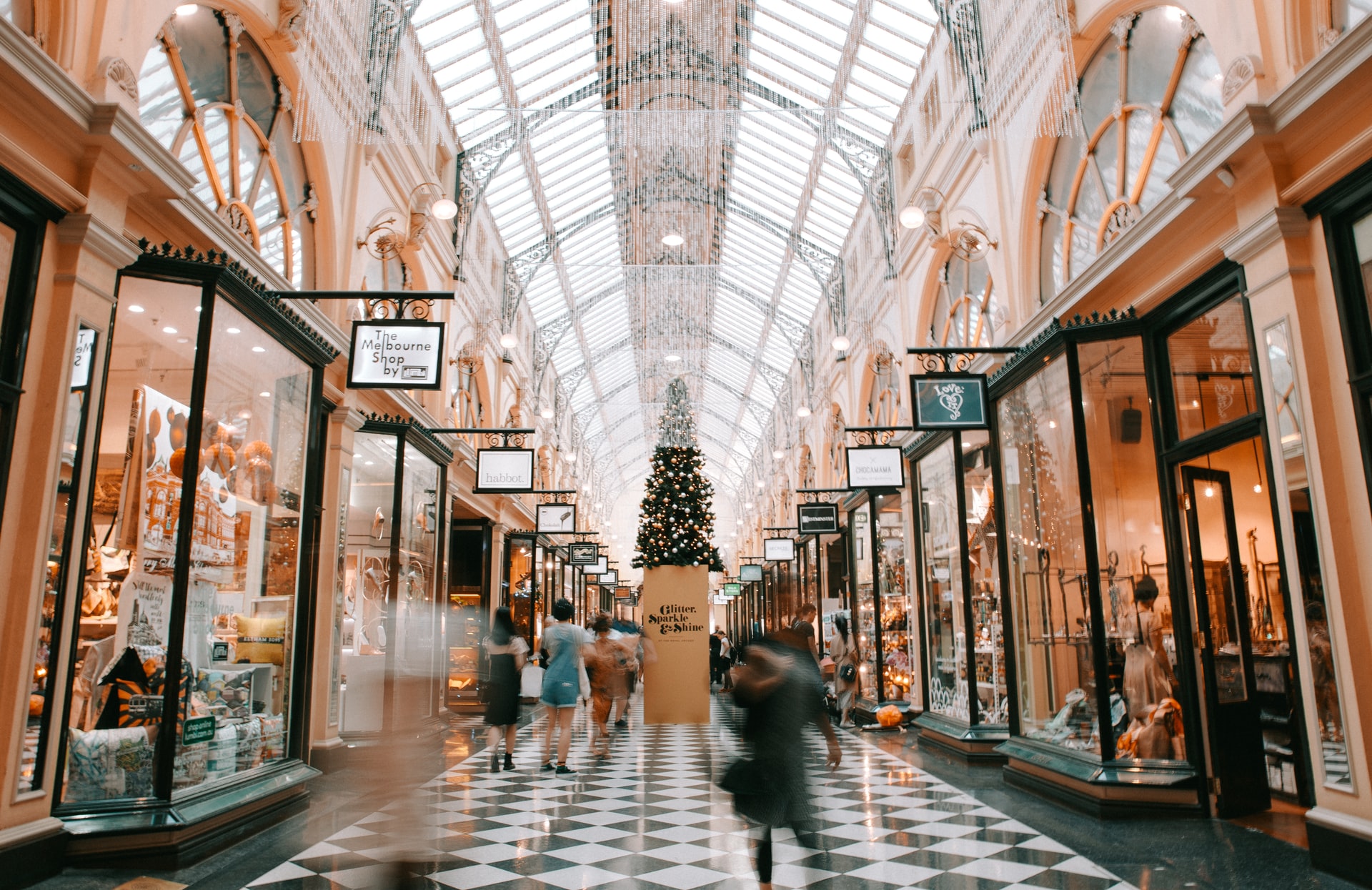The retail industry appears to be headed for one of the most treacherous holiday seasons since the Great Recession of 2008-2009. As Isaac Larian, CEO of toymaker MGA Entertainment, recently told Bloomberg,
“Everything that can go wrong is going wrong at the same time.”
Factories that make the goods that are crucial to many retailers’ seasonal revenue goals are closed due to the pandemic or are way behind schedule. Finished goods are sitting in containers at clogged ports, waiting to be offloaded onto trailers for which there aren’t enough truck drivers. “Out of stock” notices have begun to proliferate on retail websites.
Meanwhile, the facts on the ground are beginning to betray those economists who have been reassuring us — until now — that this year’s breathtaking spike in inflation, now over 5 percent, is merely an aberration that will run out of gas once the pandemic is over. Which will be… when?
The bellwether for consumer trends is motor fuels. It’s the one product everybody buys regularly. After a year of steadily rising prices, a recent breathtaking leap makes gas at least 50 percent higher than a year ago, and no sign the fever is ready to break.
If you want to know what pandemic-weary consumers think about the future, volatile gasoline prices are a reliable tell.
The other reliable tell is food. Prices are creeping higher. Meat, poultry, and other basic food products are up, some by double-digits. And the biggest expense of most households, the rent, has in just 10 months risen in major cities by 15 to 25 percent.
The prevailing wisdom during much of the pandemic had been that the consumer was awash with cash and just itching to get busy spending it. Not so much, now. In fact, the Treasury Department’s most recent report found the savings rate as a percent of income, which soared in April of 2020 when stimulus checks were first issued, has drifted back down to where it was pre-COVID-19.
Just how profoundly consumer attitudes are changing is reflected in a fresh Quinnipiac University poll: 81 percent of Americans believe life won’t return to normal anytime soon. One in four are convinced it never will.
According to a consumer study conducted by First Insight fifty-three percent of respondents report that they feel unsafe trying on products in dressing rooms, 49 percent feel unsafe trying on shoes, and 71 percent feel unsafe testing beauty products in store. Fifty-six percent of respondents stated they feel unsafe working with a sales associate, a 30 percent increase from the last time surveyed. However, this is not necessarily bad news for retail, as online shopping continues to rise, even at lower, single-digit growth rates than during the height of the pandemic.
Meanwhile, the business community, already battle-scarred by the pandemic, is digging in for an extended period of trench warfare. According to a Wall Street Journal report, “Many businesses said they expected higher prices and supply shortages to last another year or so.”
A year ago, consumers were overwhelmingly preoccupied with retailers’ cleanliness, with price a top concern of just one in four. Now, according to one recent survey, 80 percent cited price as their most important consideration when deciding where to shop.
Thanks to Amazon’s rapacious algorithms, competing on that basis is tricky. Great customer service is the most powerful weapon retailers can deploy to keep the customers they have.
But how do you give great customer service when millions of job openings are going begging? Customers notice when, as we recently witnessed, there is just one person manning a full-scale CVS location; or it takes five minutes of wandering to find someone at a Kohl’s who can point you to the Amazon return desk.
Finally, survey after survey finds consumers are not in such a consuming state of mind anyway. According to ad agency Momentum Worldwide, a survey of 3,200 consumers found that 76 percent would “rather spend their money on experiences than on material items.” First Insight’s consumer study also found that of the respondents unwilling to get vaccinated, 90 percent of them indicated that they won’t consider getting the vaccine to ensure access to restaurants and businesses.
Stagflation is the dirty word that describes the confluence of stubborn inflation, high unemployment, and stagnant demand. Current conditions may not fit the classic formula, but for retailers it may as well.
Retailers must double down on consumer research and ensure a positive customer experience. However long this period of turmoil lasts, those companies which will finesse it and succeed will be those that invest in competitive pricing, do research to understand their customers and make the omnichannel online and hybrid shopping experience a cinch to stay ahead of the competition.

















